Loveseat
February 28th, 20192/28/2019 Makoto Fujimara: "Willingness to spend time truly seeing can change how we view the world, moving us away from our fast-food culture of superficially scanning what we see and becoming surfeited with images that do not delve below the surface."
February 25th, 20192/25/2019 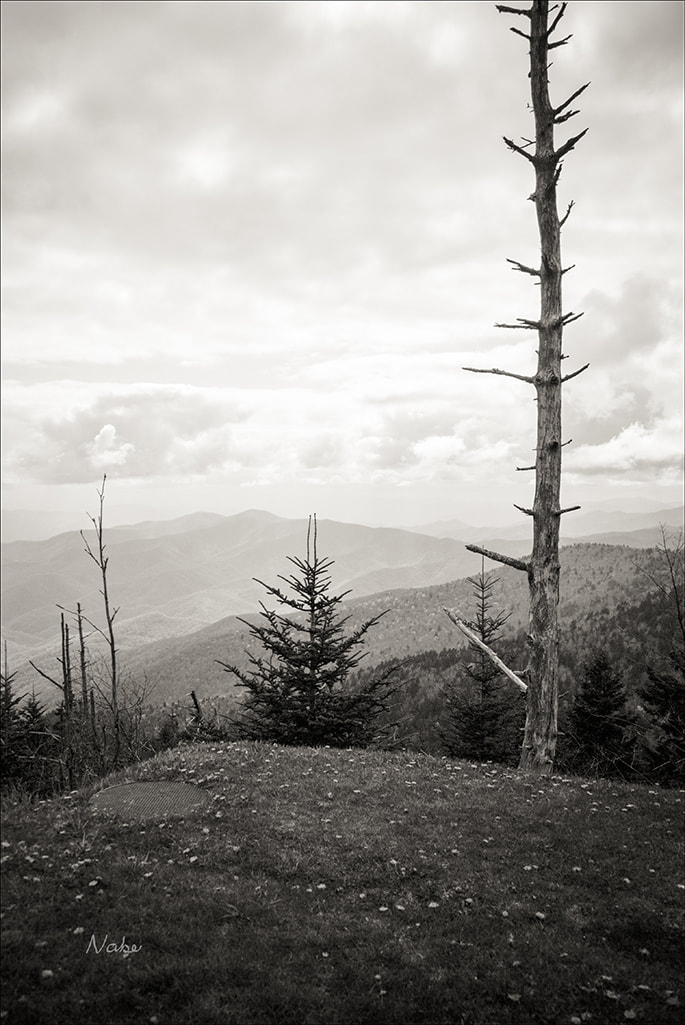 S
Gary Snyder: "Sacred refers to that which helps us (not only human beings) out of our little selves into the whole mountains-and-rivers mandala universe." Jason Wirth adds: "It is the protection of places that teach us the value of all space . . ." February 21st, 20192/21/2019 Nathan Wirth: "I crave . . . solitude so that I can ponder, ruminate, and let my imagination run amok, and often, enjoy that wonder of the mystery that anything exists at all."
February 18th, 20192/18/2019 Blue Ridge Parkway "(B)neath the attachments and appurtenances, the furnishings of selfhood, what we are is attention, a quick physical presence in the world, a bright point of consciousness in a wide field from which we are not really separate . . . in a field of light, we are an intensification of that light." Mark Doty
February 13th, 20192/13/2019 I've been going back through my six(!) years of posts to this blog. I found that it has changed a lot over that time. It began as an "occasional" blog and turned into a regularly posted one. I'm going to return it to its original intent: I'll reduce the number of posts (just Mondays and Thursdays), and focus more on images than comments.
I've also been working with a new wide angle lens, and will be exploring its advantages and quirks. A wide angle increases the apparent distance between objects and producers some characteristic distortions. I bought it primarily for my upcoming trip to Yosemite, but we'll see how it works around here too. February 08th, 20192/8/2019 In Belden Lane's "The Solace of Fierce Landscapes—Desert and Mountain Spirituality", Lane focuses on the desert as a place of retreat (pilgrimage?) from the busyness and noise of our usual lives. He describes it this way: "I went hiking alone in the desert . . . determined to meet the landscape on its own terms, without expectations, submitting . . . to its sublime disregard for all my petty concerns. Abandonment, after all, is what the desert teaches best . . . its capacity to ignore is immense. Yet in that very indifference, one discovers an enormous freedom."
Thus, to encounter a "fierce landscape" (e.g., a desert or a mountain—or the sea) is to come face to face with a landscape that produces mixed responses in us. Reading Lane's book sent me beck to look at my images of the Arizona and New Mexico deserts (see the image above). And I was reminded of my first experience of the desert. I was driving north from Flagstaff to Tuba City. What I remember seeing is emptiness, spareness and aridity stretching out in all directions, a spare beauty that (coming from the green Midwest) was fascinating and attractive. But I also remember feeling vaguely threatened. I had read somewhere that if the car broke down in the desert, one should stay with it (friends had actually had this happen and was remembering what they said they experienced at that time). Wandering off in that landscape could quickly become life-threatening. Attraction and fear: a fierce landscape turns attention away from the self and toward (as Lane wrote) the sublime world one is experiencing but also helps one become aware of one's insignificance to the ongoingness of the whole that is that world. And in that awareness, one can also become free of one's concerns (at least for a time). February 06th, 20192/6/2019 David
I've been reading a book by John Gray and he argues that those who believe humankind have progressed morally and spiritually are in error. I have thought that for a long time and I have come to the conclusion that there is not likely ever to be much progress in that sense. And, nevertheless, we go on planting the vegetables, sitting in the sun, quietly, drinking our tea and working against the violence and cruelty however we can, realizing that whatever we do, the sun will still rise. As Belden Lane wrote, nature is indifferent to our cruelties. In the long run, the world will go on, with us or without us . . . and I for one find some hope in that. Categories |
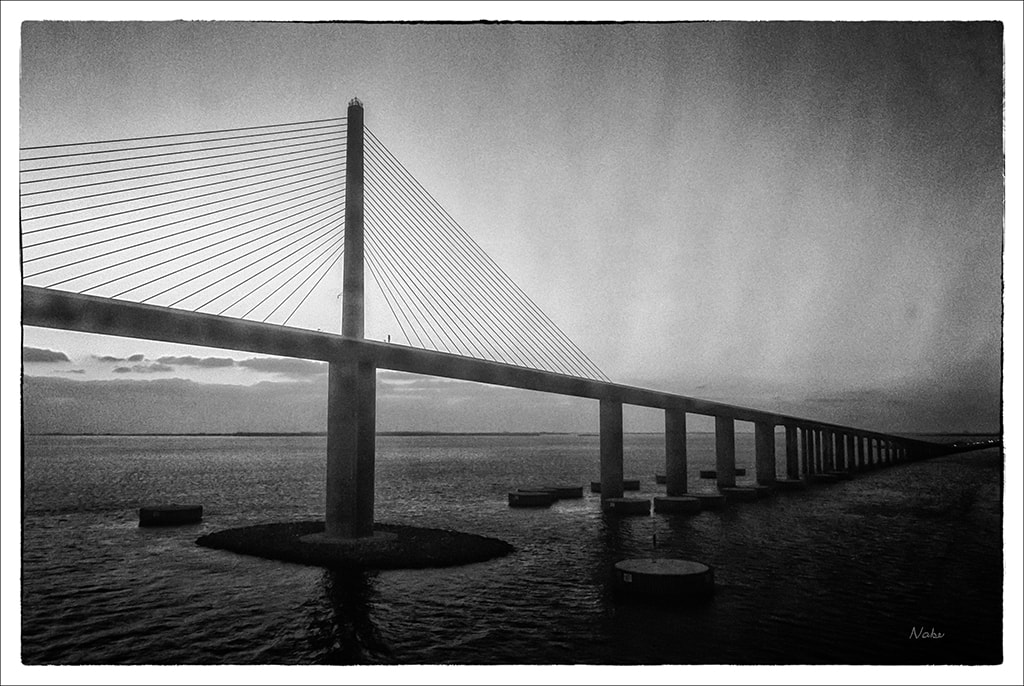
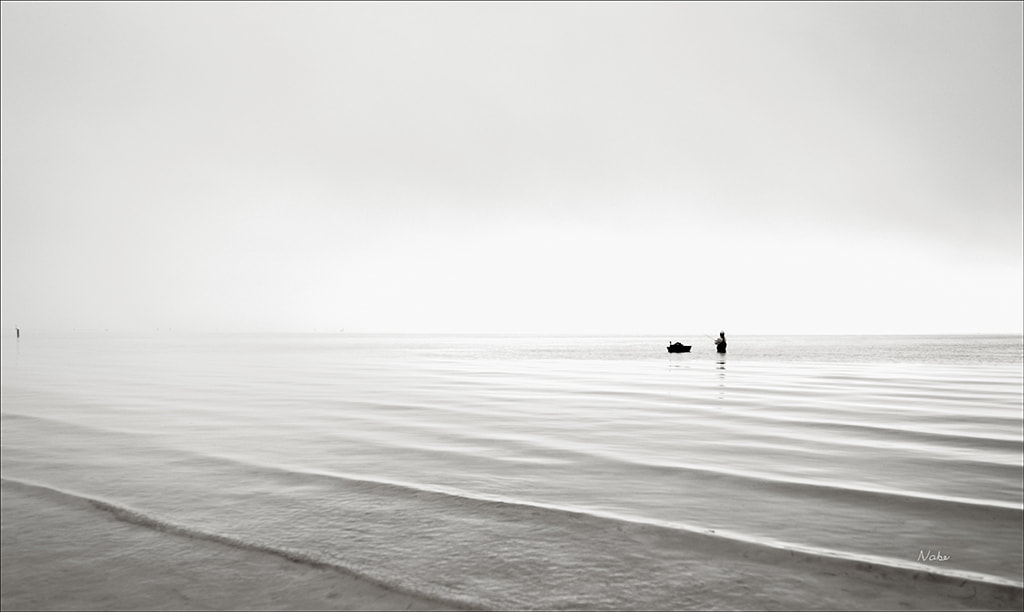
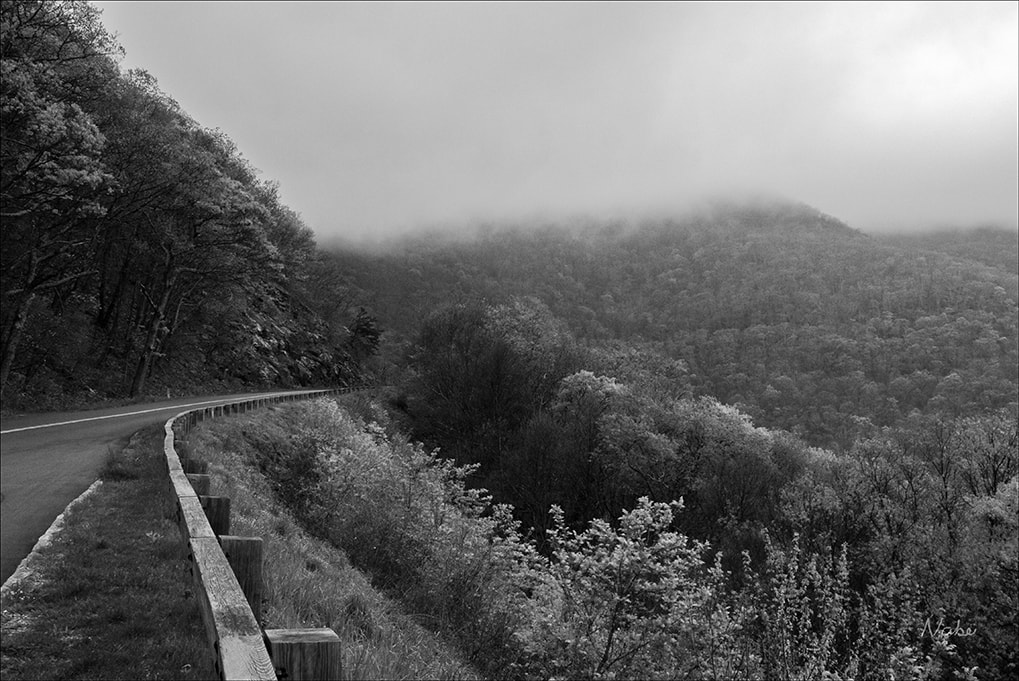
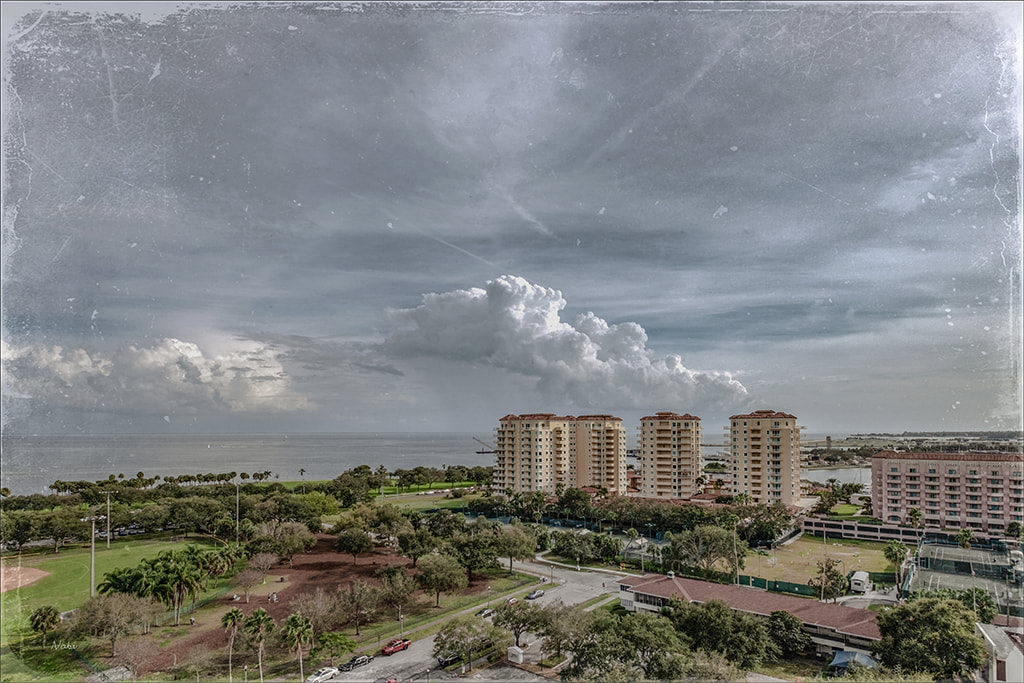
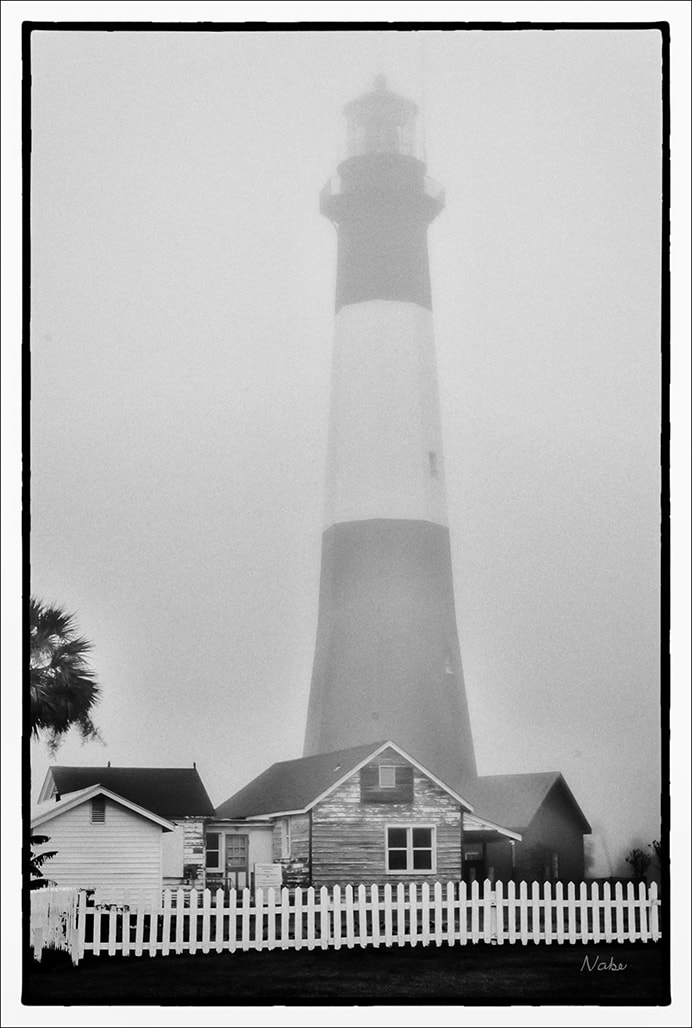
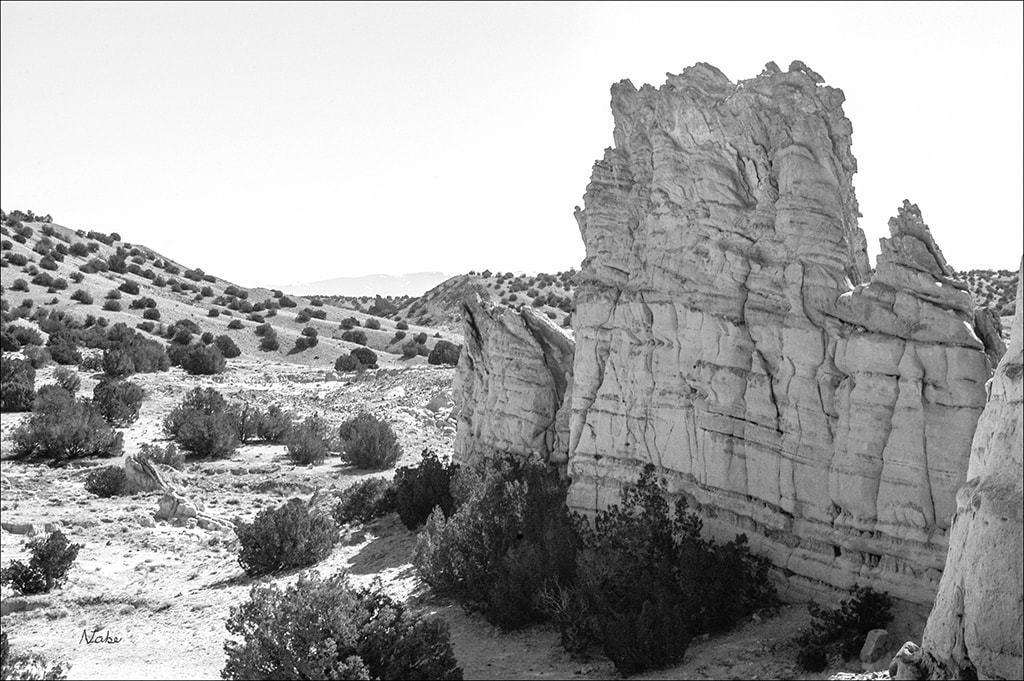
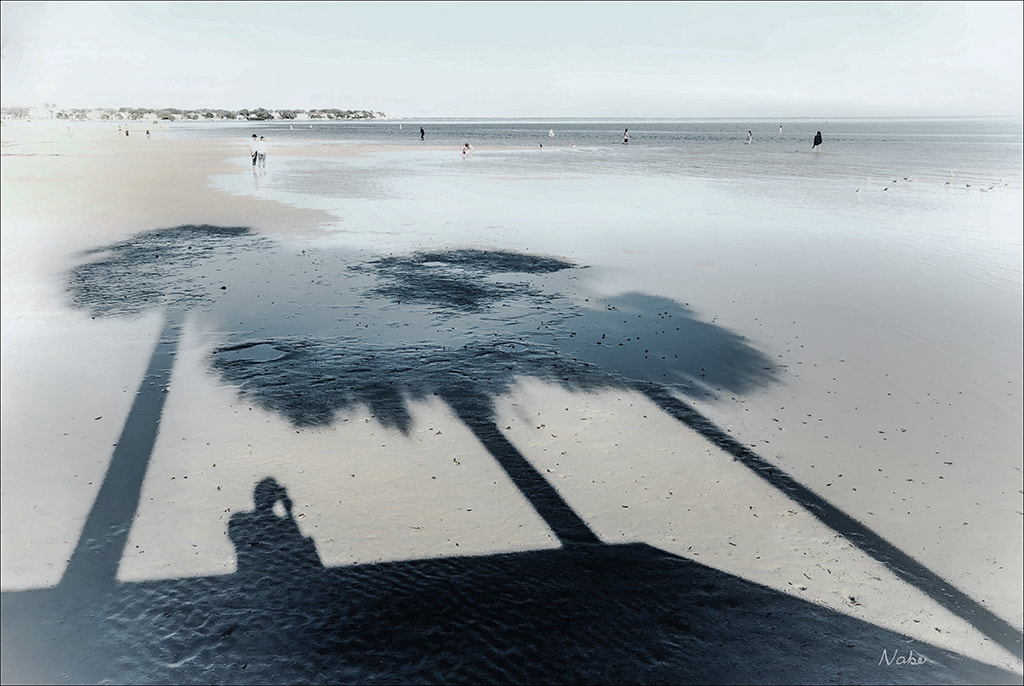
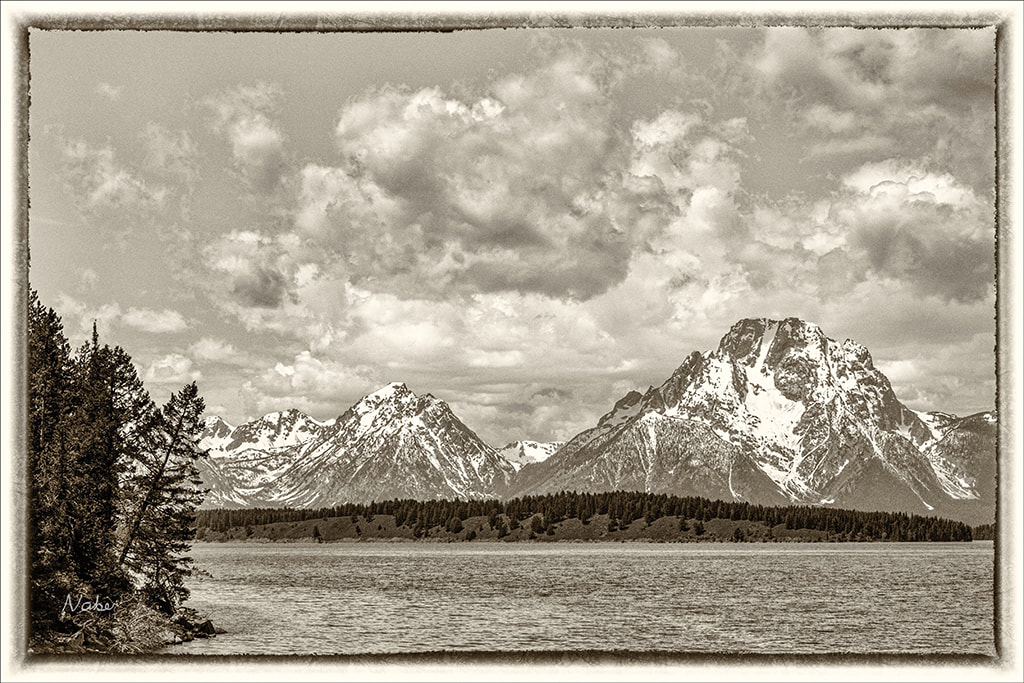
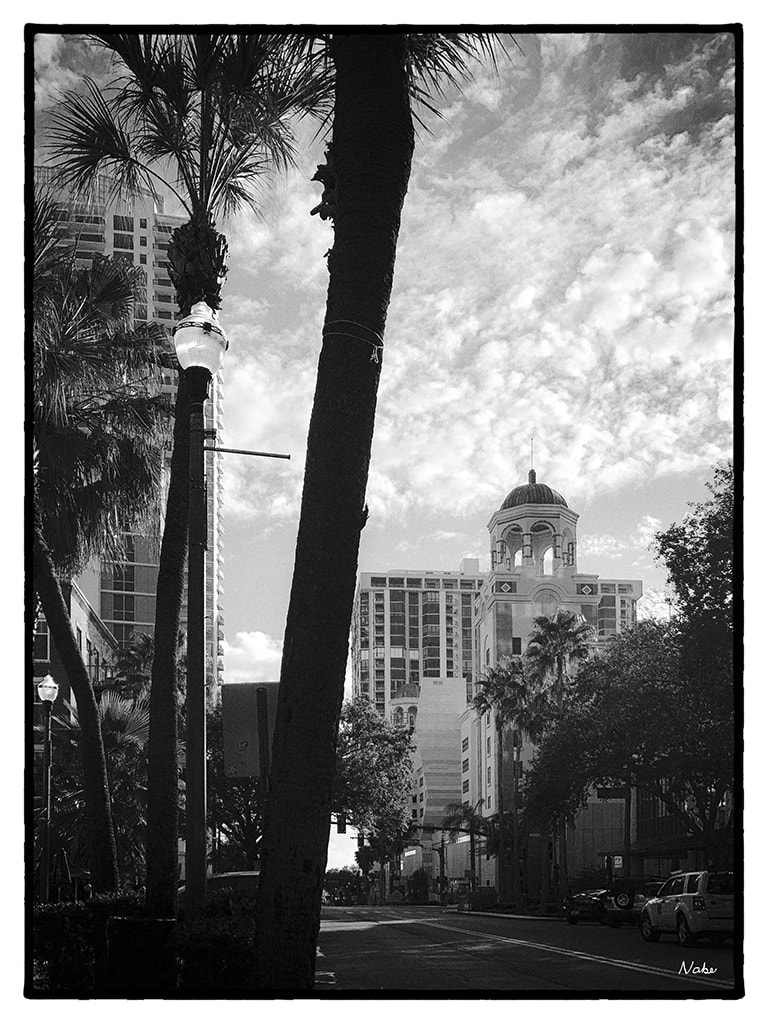
 RSS Feed
RSS Feed